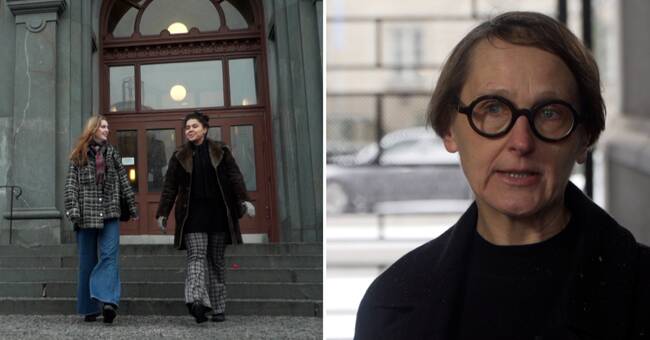Youth unemployment has increased to 11.8 percent, the December figures from the Swedish Public Employment Service show.
This is an increase of 2.6 percentage points or 13,000 people compared to December 2019.
- The pandemic has affected industries in which young people work. Hotels and restaurants, the hospitality industry and trade.
It is often in these industries that young people get their first jobs, says Annika Sundén, head of analysis at the Swedish Public Employment Service.
50,000 more students have applied for study grants
The pandemic and the uncertainty in the labor market have led to an unusual number of people studying at universities and colleges right now.
50,000 more people have applied for study grants during the spring semester 2021, compared with last year.
This is shown by figures from the Central Student Aid Board (CSN), which SVT has read.
- Youth unemployment has been dampened by the fact that many young people have taken the opportunity to get an education.
There have been significantly more training places during this crisis.
And it is good to use this time to acquire skills that are in demand in the labor market, says Annika Sundén.
Youth unemployment will increase even more in 2021
The Swedish Public Employment Service expects youth unemployment to increase even more during the first half of 2021, landing at around 13 per cent.
- It is a high number, but young people are normally mobile and come back.
So much is about how long this crisis will last.
What is important is that young people do not become long-term unemployed, says Annika Sundén.
Research from the crisis of the 1990s shows that young people who start their working lives by being unemployed can have lasting effects later in life, in the form of lower wages and more unemployment, says Annika Sundén.
High youth unemployment is not only devastating for every single individual, it can also be problematic for society as a whole.
- If youth unemployment takes hold and becomes long-lasting, the young people who are affected risk being trapped in exclusion, which is a problem for society.
And the young people who have the most difficulty are the young people who have not finished high school, says Annika Sundén.

